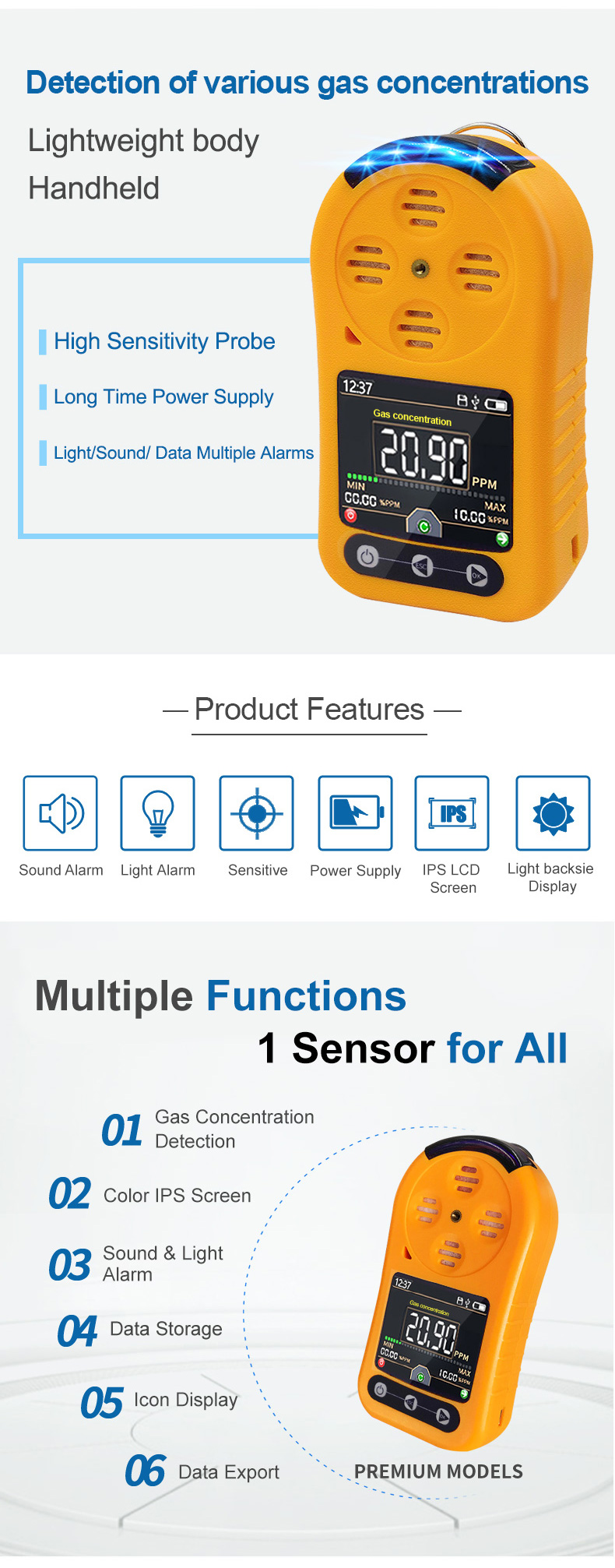Air pollution is a growing problem in urban areas around the world. With the increase in industrialization, urbanization and the number of vehicles on the road, the levels of pollutants in the air have reached alarming rates. This has led to an increase in respiratory and cardiovascular diseases in people living in these areas. It is therefore important to monitor air quality in urban environments to ensure the health and safety of its inhabitants.
One way to do this is through the use of gas sensors. These sensors can detect various pollutants such as carbon monoxide (CO), nitrogen dioxide (NO2), ozone (O3) and particulate matter (PM). The data collected by these sensors can be used to create a real-time map of air pollution in urban areas.
Gas sensors work by measuring the concentration of a particular gas or pollutant in the air. When a gas or pollutant is present, it interacts with the sensor's surface in a way that changes its electrical conductivity. This change is then measured and converted into a signal which can be used to determine the concentration of the gas or pollutant.
There are many types of gas sensors available, each with their own strengths and weaknesses. Electrochemical sensors are one of the most commonly used types of gas sensors as they are relatively cheap, small and offer good sensitivity for many gases. Metal oxide sensors are also popular as they are sensitive to a wide range of gases and pollutants.
One of the main advantages of using gas sensors for air quality monitoring is their low cost. Traditional methods of monitoring air quality involve expensive equipment and extensive infrastructure. Gas sensors, on the other hand, can be cheaply and easily deployed in urban environments to provide real-time data on air pollution.
Gas sensors can also be integrated into IoT networks and connected to the internet to allow for remote monitoring. This means that air quality data can be monitored and analyzed from anywhere in the world. This is particularly useful for urban areas that are spread out over large distances.
Another advantage of gas sensors is their ability to detect pollutants at low levels. This is important as even low levels of pollutants can have adverse health effects on humans. Gas sensors can also detect multiple pollutants at once, allowing for a more comprehensive picture of air quality in urban areas.
There are also some limitations to using gas sensors for air quality monitoring. One limitation is their accuracy. While gas sensors are able to detect pollutants at low levels, they may not be able to accurately measure the concentration of these pollutants. This is due to factors such as temperature and humidity which can affect sensor performance.
Another limitation is the need for calibration. Gas sensors require periodic calibration to ensure their accuracy. This can be time-consuming and expensive, and may require specialized equipment and expertise.
Despite these limitations, gas sensors are an important tool for monitoring air quality in urban environments. They offer a low-cost, easy-to-deploy solution for real-time monitoring of air pollution. With the continued development of sensor technology, gas sensors will become even more accurate and reliable, providing valuable insights into the air we breathe.
 : +86 155 8830 2704
: +86 155 8830 2704 : jxdziot@gmail.com
: jxdziot@gmail.com
